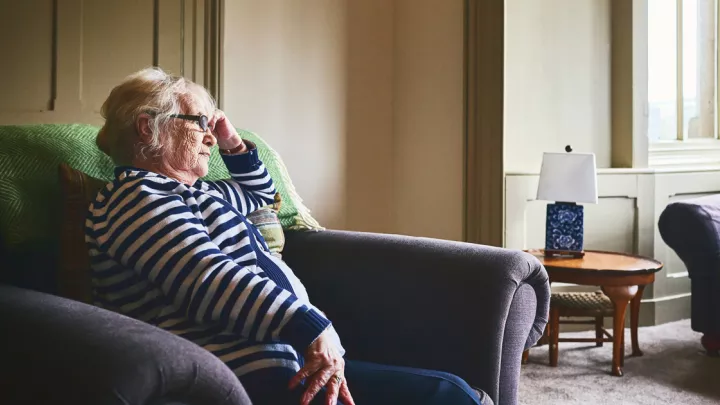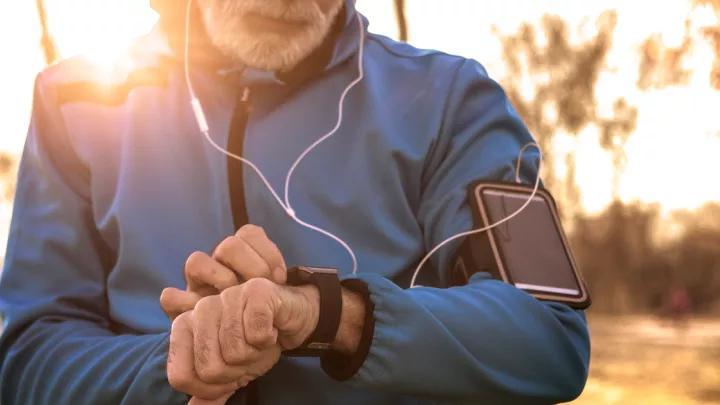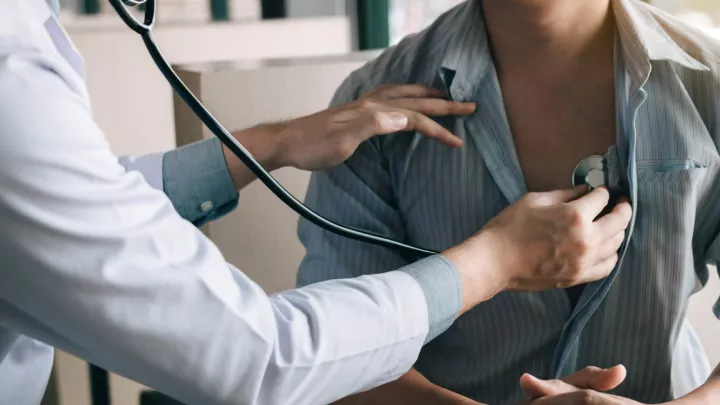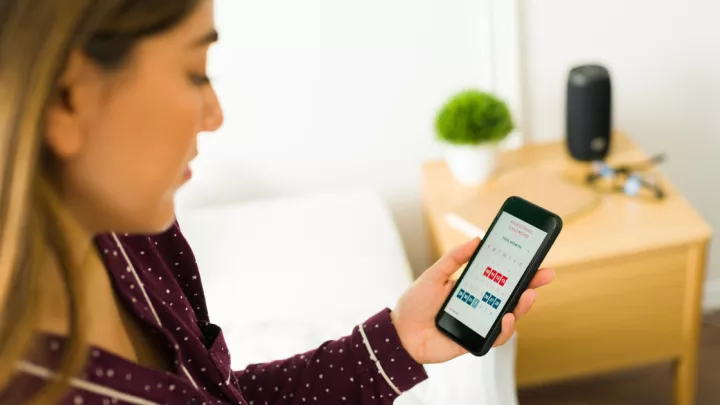How (and when) to start exercising again after COVID-19

After being stuck inside and isolated with COVID-19, you may be anxious to get back to your usual routine.
Returning to exercise depends on your level of health before COVID-19, as well as your age and how sick you were.

Find out from cardiologist Dan Anderson, MD, PhD, and physical therapist Brett Woslager, DPT, CSCS, how to safely get back to exercising.
Can exercise make COVID-19 worse? Yes
Exercise is not good while you're sick with COVID-19 or any other infection. "We know COVID-19 can cause myocarditis and heart damage," says Dr. Anderson. "While COVID-19 is damaging your cells, the worst thing you could do is stress your heart and damage it even more."
Give yourself time to rest and recover before exercising again. "You need to wait until you do not have an active viral infection," says Dr. Anderson. "Wait at least 10 days after having COVID-19 to exercise. Then play it by ear and work through each stage with each stage being about two to three days in duration."
What are COVID-19 exercise rules?
Don't go to the gym or other shared spaces if you're sick with COVID-19. While you're contagious, isolate yourself from others. See the Centers for Disease Control and Prevention guidelines on ending isolation.
Return to exercise slowly, in stages
"For a healthy person, you'll first want to return to baseline functions without fatigue," says Woslager. "If you have orthopaedic issues or other ailments, continue to take it easy."
"You should be able to hold a conversation while exercising. Don't overdo it. Listen to your body and ask yourself how you really feel," says Dr. Anderson.
Try these low-stress exercises for short periods:
- Walking
- Stationary biking
- Light jogging
After that, you can move to light body weight tasks:
- Squats
- Lunges
- Calf raises
- Modified pushups
"The main thing is to take it slow and make gradual progress toward your previous level of function," says Woslager.
"Returning to exercise should not be a ‘testosterone higher than IQ' moment," adds Dr. Anderson. "If you don't feel well, reduce your exercise intensity."
Monitor heart rate while returning to activities
"Heart rate is a great measure of how the body is doing," says Dr. Anderson. "It's a nice measure of your body's tolerance for exercise. Match your level of exercise to the physical level your body can handle."
"Some people have mild COVID-19 symptoms, while others are more severe. Also, your pre-illness level of function may be higher or lower than others," explains Woslager. "For these reasons, monitoring your heart rate is ideal. That way, your return to activity matches your body's ability."
You can use a heart rate monitor to see your heart rate change each minute. Some commonly used brands of heart rate monitors include Apple Watch, FitBit and Garmin.
How to calculate max heart rate
Max heart rate is calculated by subtracting your age from 220. Then multiply that by the percentage.
Here's an example of a 40-year-old finding 80% of their max HR:
- First, find max HR. Subtract your age from 220: 220 – 40 = 180 bpm
- Change the percentage to a decimal: 80% = 0.8
- Multiply your max HR by the decimal: 180 x 0.8 = 144 bpm
A 40-year-old has a max HR of 180 bpm. Their 80% of max HR would be 144 bpm.
Our physical therapists offer individualized treatments to get you back to training safely. Contact your provider for a physical therapy referral, then call 800.922.0000 to schedule an appointment with a physical therapist.
Can short bursts of exercise help with long COVID?
People with long COVID still have symptoms at least 30 days past their initial infection. Short bursts of exercise aren't likely to resolve your long COVID symptoms and may even make things worse.
"I would suggest consistently tolerable exercise that does not make symptoms worse, rather than short bursts," says Woslager. "Short bursts of exercise are more likely to lead to excessive fatigue and symptom exacerbation. Consistent exercise using the heart rate recommendations is helpful. Gradual progress and finding a happy medium would be the best likely way to progress forward."
"As a general rule, for every day you're sick with COVID-19, it'll take you three days to come back," says Dr. Anderson. "If you're sick for three weeks, it'll take you a couple months to get back to where you were."
Make a primary care appointment at 800.922.0000.







